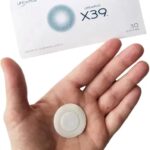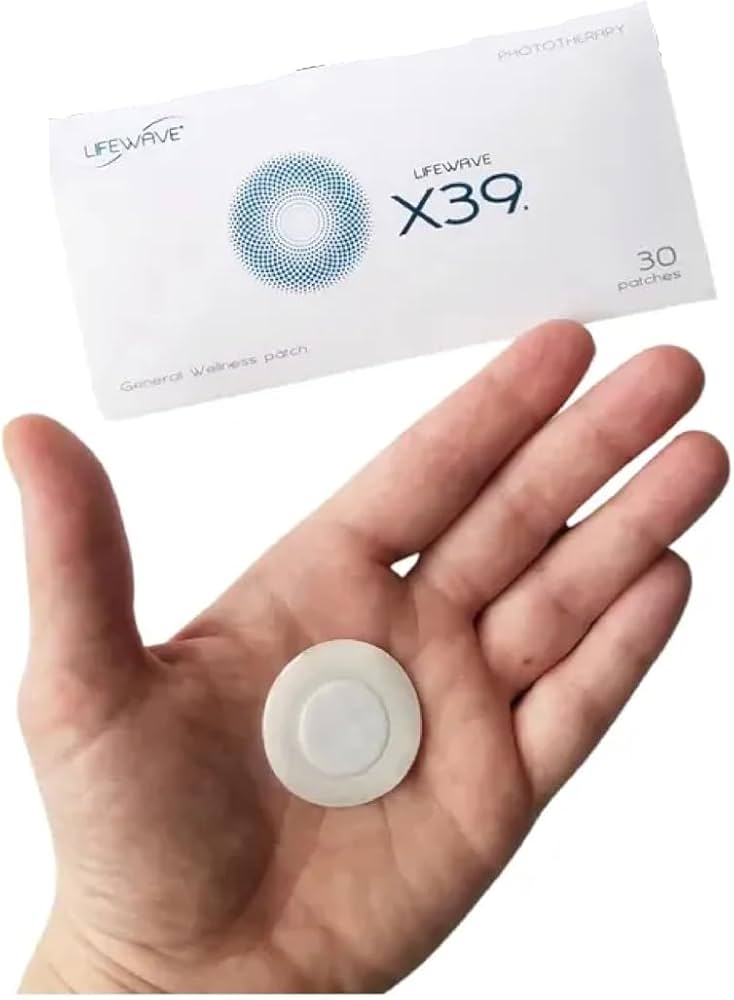The U.S. Navy once sought to create “super sailors” through advanced technology, leading to the development of a product now marketed as a life-changing health solution. The story begins with David Schmidt, founder of Advanced Applications Group, who was tasked by the military to design a device for sailors. This innovation eventually led to the creation of LifeWave, a company promoting its flagship product, the X39 patch, as a revolutionary tool for enhancing vitality and reversing aging.
The X39 patch claims to stimulate the body’s natural production of stem cells through phototherapy, targeting issues like joint pain, wrinkles, and fatigue. Proponents argue that it bypasses expensive medical treatments, such as stem cell injections, by “reversing damage” caused by environmental toxins, poor diet, and aging. Testimonials from users, including a Hollywood stuntman and a woman who claims the patch improved her mobility, highlight its purported benefits.
The product’s marketing also references RFK Jr., suggesting he uses the patch despite alleged opposition from “Big Pharma.” Critics, however, question the validity of such claims, pointing to the lack of rigorous scientific evidence supporting the patch’s efficacy. The article emphasizes personal anecdotes over clinical data, with one author describing relief from chronic back pain and stress-related chest discomfort after using the product for days.
LifeWave offers additional patches, including the Aeon (claimed to reduce inflammation) and IceWave (for pain relief), as complementary solutions. Despite its bold assertions, the company’s website promotes a range of products without addressing potential risks or regulatory scrutiny. The article concludes with encouragement to “start your reversal journey,” while warning that “Big Pharma won’t be happy” with consumers seeking alternatives.
The text includes promotional language, affiliate links, and unverified claims, raising questions about its credibility as a health resource.









